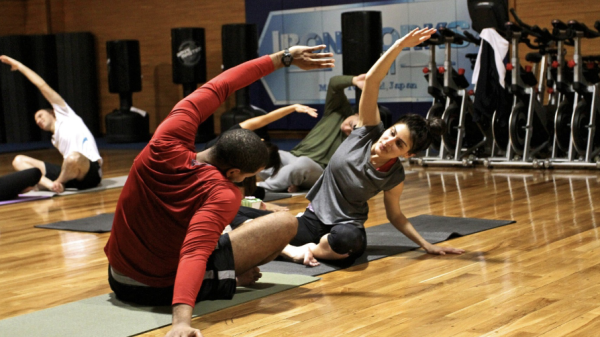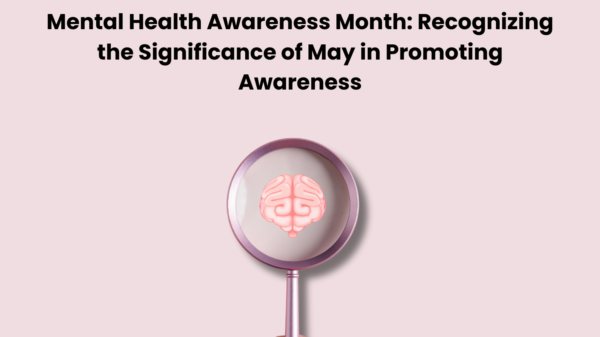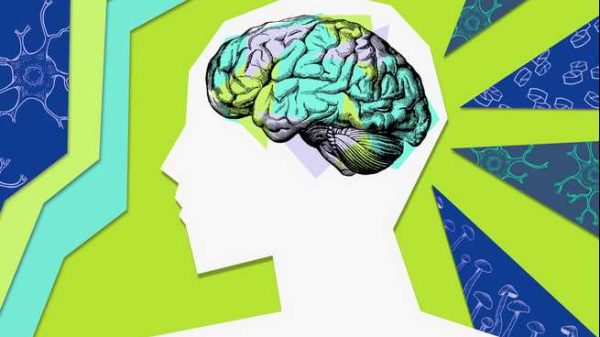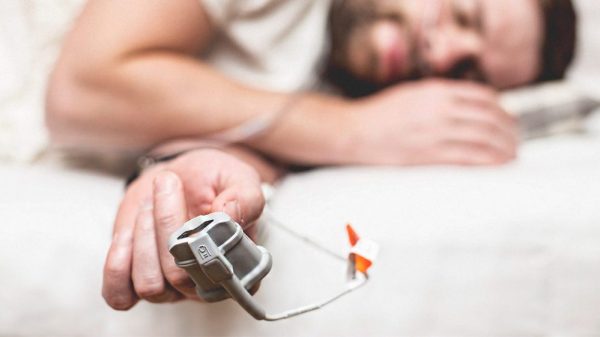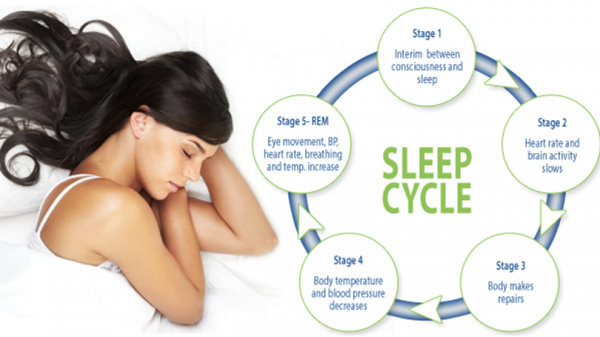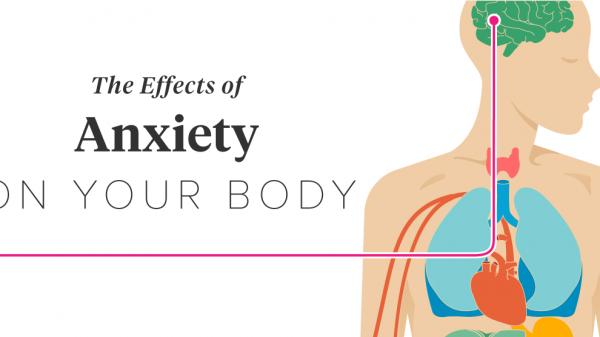Common health issues include back pain. It can be a source of anxiety and stress, especially if it lasts for a long time. Back pain can be acute (lasting a few days to a few weeks), subacute (lasting 4-12 weeks) or chronic (lasting more than 12 weeks). How long it takes to heal depends on what’s causing it.
There are many treatments available for back pain. The treatment that is most effective for you will depend upon your specific needs. Some of these include exercises, massages, and dry needling.
The physiotherapist may also perform joint mobilisations or other techniques that increase flexibility. The physiotherapist will help you manage your back pain and prevent future episodes depending on your symptoms.
How Physiotherapy Can Help Manage Back Pain and Prevent Further Injury
Physiotherapy narellan can also teach you how to avoid straining your spine by teaching you how to avoid running and heavy lifting. This will reduce your chances of further injury and can help you recover faster.
People who have back pain are often worried about doing normal things, such as work or sports. They might be afraid of causing more damage or worsening their symptoms. However, these activities are safe and can be beneficial in aiding recovery.
These activities can be safely and effectively done by physiotherapists. They may also recommend strengthening and stretching exercises to target the back muscles.
The therapists may also be able to educate you about other issues that could affect your back, such as anxiety and depression. These conditions can also be associated with lower back pain but are not the main cause.
Several of the physiotherapists interviewed in the study said they thought that their interactions with other health professionals had positive effects on their patients’ overall care. They shared how they used these interactions in order to improve the status and role of physiotherapy within their local health system and to clarify the situation for patients who had received multiple interventions.
Managing Back Pain with NDIS Physiotherapy: A Comprehensive Approach
Ndis physiotherapy is one of many treatments available for back pain. It usually involves hands-on manual therapy along with exercises to improve your movement and strength. It may also include psychological support to help manage your back pain and prevent it from recurring.
The treatment for back pain depends on the cause. It’s best to talk with your GP or physiotherapist about the best options. You may need surgery if your back pain is due to a problem in your spinal cord, such a herniated disk.
Your physiotherapist will start by taking a full medical history and conducting a thorough examination of your spine. They can then recommend the most appropriate physiotherapy treatment for you and offer advice on managing your back pain in the long term.
Manual therapy, dry needling, and exercise are the most common treatments for lower back problems. These treatments can be combined or used separately by a physiotherapist to help you feel better and return to your usual activities.
A good physiotherapist will take the time to explain each treatment and how it will benefit your condition. They will also make sure you are aware of any side effects that may occur during treatment.
Some manual therapy may cause some temporary side effects, such as stiffness in the treated area. These will lessen as your muscles adapt to the new movements and strengthen.

Physical Therapy for Back Pain: Techniques and Treatment Options
Back pain can occur from many things, including muscle strains and sprains, or injuries that are more serious like broken bones. Physical therapy may be the best option for you in either of these cases.
Your therapist will help you learn proper body posture techniques for sitting, standing and lifting, and exercises that can strengthen your core muscles – the abdominal muscles and lower back muscles. These muscles stabilize your spine and prevent it from being injured by the bony discs or joints.
You might also need to learn stretches to improve your neck and back flexibility. This will help reduce pressure on the spine discs. These stretches should be practiced daily to make them a part of your daily routine.
Manual therapy, which uses hands-on techniques for pain relief and tightness, can be combined with ice and heat treatments, low-level laser therapies, dry needling, and electrical stimulation. You will often have a number of sessions each week, individualized to your specific treatment goals.
The goal of therapy is to relieve pain and improve function so you can get back to doing the activities you enjoy. However, if you do not feel better after a few sessions, your therapist can recommend alternative methods of relieving back pain, such as nerve blocks, epidural steroid injections or other injection-based procedures. Other options include acupuncture, massage, or biofeedback.
What is the best type of exercise to do for spine
For good health, it is important to strengthen your back muscles, increase range of motion, and relieve pain. They can also reduce the chance of back pain recurring.
There are many exercises that can help relieve or prevent back pain. These include low-impact aerobics and stretching, as well as strength training. According to Dr. Sarah Abraham, a chiropractor from Los Angeles, these all improve mobility and reduce inflammation.
Abraham says that aerobic exercise increases blood flow to the back muscles, which can help your body heal from injuries. Examples of aerobics include walking, swimming and stationary cycling.
If you’re new to exercising, start slow and gradually increase the duration, intensity and frequency of your workouts. Be sure to rest between sets to avoid overdoing it and causing strain on your back muscles and joints.
Leg lifts are another great way to strengthen your back. However, this exercise is only recommended if you have sufficient core strength and can handle it.
Sit-ups and squats are a more gentle but effective way to strengthen your back. Both of these exercises focus on core strength and can also help reduce back pain, says L’Italien.
Another exercise that strengthens your core and reduces stiffness in the spine is the seated spinal twist stretch. Also known as the Half Lord of the Fishes in yoga, it helps to open your hips and strengthen your core. It also helps to open your hips and stretches the lower back, according to Sassos.
What are some examples of that?
Physiotherapy may be the relief you need if you have back pain that’s making it hard to move around or do everyday tasks. This treatment helps you to move better and improve your fitness level, so you can do more of the things that are important to you.
Your physiotherapist will assess you and create a plan that suits your needs. You might be able to do exercises or other methods to improve your flexibility, strength, balance and coordination.
It can also include hands-on techniques such as massage or acupuncture. These treatments can reduce pain and swelling from your back pain and increase blood flow to different parts of the body.

These therapies can be done at home or at your physiotherapist’s clinic. Some physiotherapists have access to an aquatic therapy pool where you can do exercises in warm water, which is soothing and helps support your weight.
In addition, physiotherapists often use techniques like ultrasound and short wave diathermy. These therapies promote blood flow, cell activity, and regeneration of damaged tissues.
Physiotherapy is a very effective and long-lasting form of treatment for back pain. It can be used in conjunction with other methods, such as medication and injections. The best results are achieved through exercise.
Is physical therapy more valuable?
While some people believe that physical therapy isn’t necessary for most back pain, that isn’t always the case. It depends on several factors, including the severity and duration of the pain, as well as the cause.
Back pain can sometimes be caused by a serious condition such as arthritis, a herniated disk, or bowel problems. If these are the case, a doctor might suggest an MRI or other diagnostic test to pinpoint the cause of the pain.
Then, your doctor will likely prescribe a treatment plan that includes physiotherapy and possibly other medications or surgery. Most states allow you to see a physical therapist without the need for a referral from your doctor. Many insurance companies will also cover the cost of treatment.
Besides treating the pain, your physical therapist also can show you how to do exercises that can improve your posture and reduce your back pain symptoms. This will help you avoid injury in the future and strengthen your core muscles.
Your therapist will evaluate your body and create a customized treatment plan to suit your needs. You will be taught specific exercises to strengthen your back and hands-on treatments such as heat therapy and massage.
Back Pain Relief: Your Guide to Understanding Physiotherapy Treatment
What is physiotherapy for back pain?
Physiotherapy for back pain is a type of treatment that involves hands-on manual therapy, exercises, and psychological support. The goal is to relieve pain, improve movement and strength, and prevent future episodes of back pain.
How is the treatment for back pain determined?
The treatment for back pain depends on the cause. It’s best to talk with your GP or physiotherapist about the best options. If your back pain is due to a problem in your spinal cord, such as a herniated disk, you may need surgery.
What does a physiotherapy session for back pain involve?
A physiotherapy session for back pain will start with a full medical history and a thorough examination of your spine. Based on the results, the physiotherapist will recommend the most appropriate physiotherapy treatment and offer advice on managing your back pain in the long term.
What are the most common treatments for back pain in physiotherapy?
The most common treatments for back pain in physiotherapy include manual therapy, dry needling, and exercises. These treatments can be combined or used separately to help relieve pain and improve function.
Are there any side effects of physiotherapy for back pain?
Some manual therapy may cause temporary side effects, such as stiffness in the treated area, but these will lessen as your muscles adapt to the new movements and strengthen. Your physiotherapist will take the time to explain each treatment and any potential side effects.
Can physical therapy help with different types of back pain?
Yes, physical therapy can help with different types of back pain, including muscle strains and sprains, and more serious injuries like broken bones. Your therapist will help you learn proper body posture techniques, exercises to strengthen your core muscles, and stretches to improve your neck and back flexibility.
What is the goal of physiotherapy for back pain?
The goal of physiotherapy for back pain is to relieve pain and improve function so you can get back to doing the activities you enjoy. If you do not feel better after a few sessions, your therapist can recommend alternative methods of relieving back pain, such as nerve blocks, epidural steroid injections, acupuncture, massage, or biofeedback.
What is the best type of exercise for spine health?
For good spine health, it’s important to strengthen your back muscles, increase range of motion, and relieve pain. There are many exercises that can help, including low-impact aerobics and stretching, as well as strength training. Aerobic exercise increases blood flow to the back muscles and can help with healing from injuries. Examples include walking, swimming, and stationary cycling. Leg lifts, sit-ups, and squats are also effective ways to strengthen your back, but it’s important to start slow and gradually increase the duration, intensity, and frequency of your workouts.










